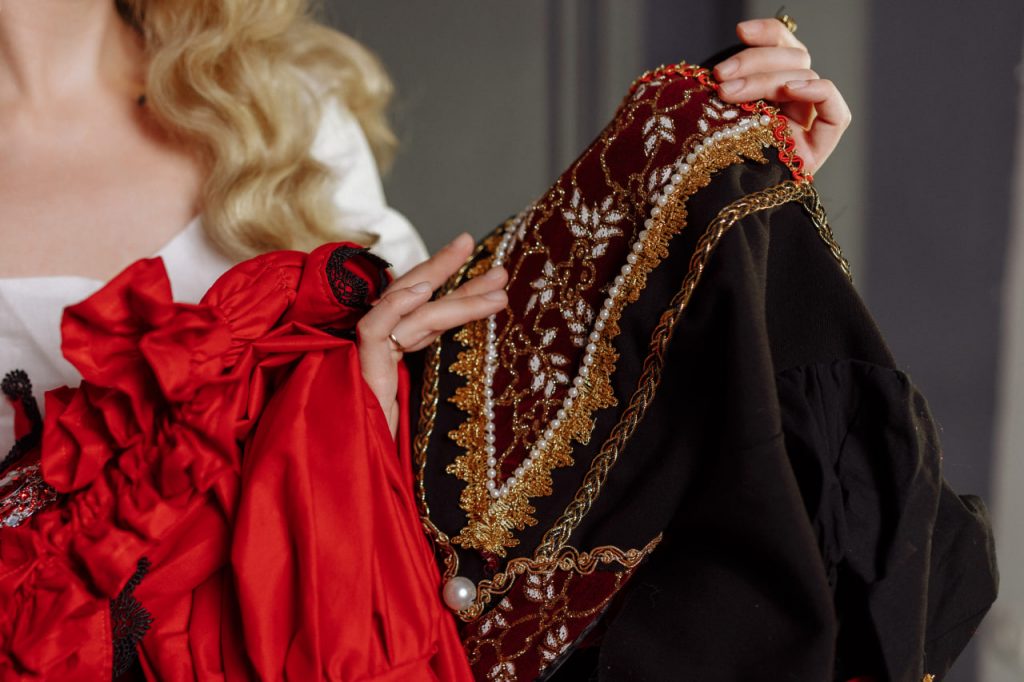Fashion is more than just fabric and trends—it’s a mirror of social, political, and economic changes throughout history. Every era has seen clothing evolve as a response to shifting norms, from the liberation of women’s fashion to the rise of sustainability in modern times. Let’s explore how fashion has reflected and influenced society across different time periods.
1920s: The Rise of Women’s Independence
The 1920s were a turning point for women’s fashion, driven by societal shifts following World War I. As women gained the right to vote and entered the workforce in larger numbers, their clothing evolved to match this newfound freedom. Flapper dresses, shorter hemlines, and loose silhouettes replaced the restrictive corsets of the past. The era’s androgynous styles symbolized women’s growing independence and rejection of rigid gender roles.
1940s-1950s: War, Rationing, and the Return to Femininity
World War II forced practicality into fashion—women adopted utilitarian workwear, wearing trousers and structured jackets as they took on jobs traditionally held by men. Due to fabric rationing, designs became simpler and more functional. However, when the war ended, the return to prosperity brought about Christian Dior’s “New Look” in the late 1940s. This style, with its cinched waists and full skirts, reintroduced a hyper-feminine aesthetic, reflecting a societal push towards traditional domestic roles.
1960s-1970s: Youth Rebellion and Counterculture Influence
The rise of youth culture in the 1960s saw fashion becoming a tool for rebellion. The Mod movement in London embraced bold colors, short skirts, and geometric patterns, rejecting the conservatism of previous decades. Meanwhile, the late 1960s and 1970s saw the rise of hippie fashion—flowy garments, tie-dye, and bell-bottom jeans symbolized anti-establishment ideals and a rejection of materialism. Clothing became an expression of individuality and protest.
1980s-1990s: Power Dressing and the Rise of Casualwear
The 1980s saw the rise of power dressing, particularly for women in corporate environments. Shoulder pads, structured blazers, and bold silhouettes symbolized ambition and gender equality in the workplace. However, by the 1990s, minimalism took over—grunge fashion (inspired by the music scene) emphasized flannel shirts, ripped jeans, and an effortless, anti-fashion attitude. The decade also marked the beginning of luxury streetwear, a trend that would dominate in the following years.
2000s-Present: Digital Influence and Sustainable Fashion
With the rise of social media and digital culture, fashion trends now evolve faster than ever. The 2000s saw the rise of fast fashion, making high-end trends more accessible but also leading to environmental concerns. In response, today’s fashion is shifting toward sustainability—upcycled materials, slow fashion movements, and ethical production reflect growing awareness of climate change and social responsibility.
Fashion as a Story of Its Time
Throughout history, fashion has been a visual representation of the values, struggles, and aspirations of each generation. From suffragette white to punk rebellion, every trend tells a deeper story about the world that shaped it. Looking at what we wear today, we can see hints of where society is headed next.

